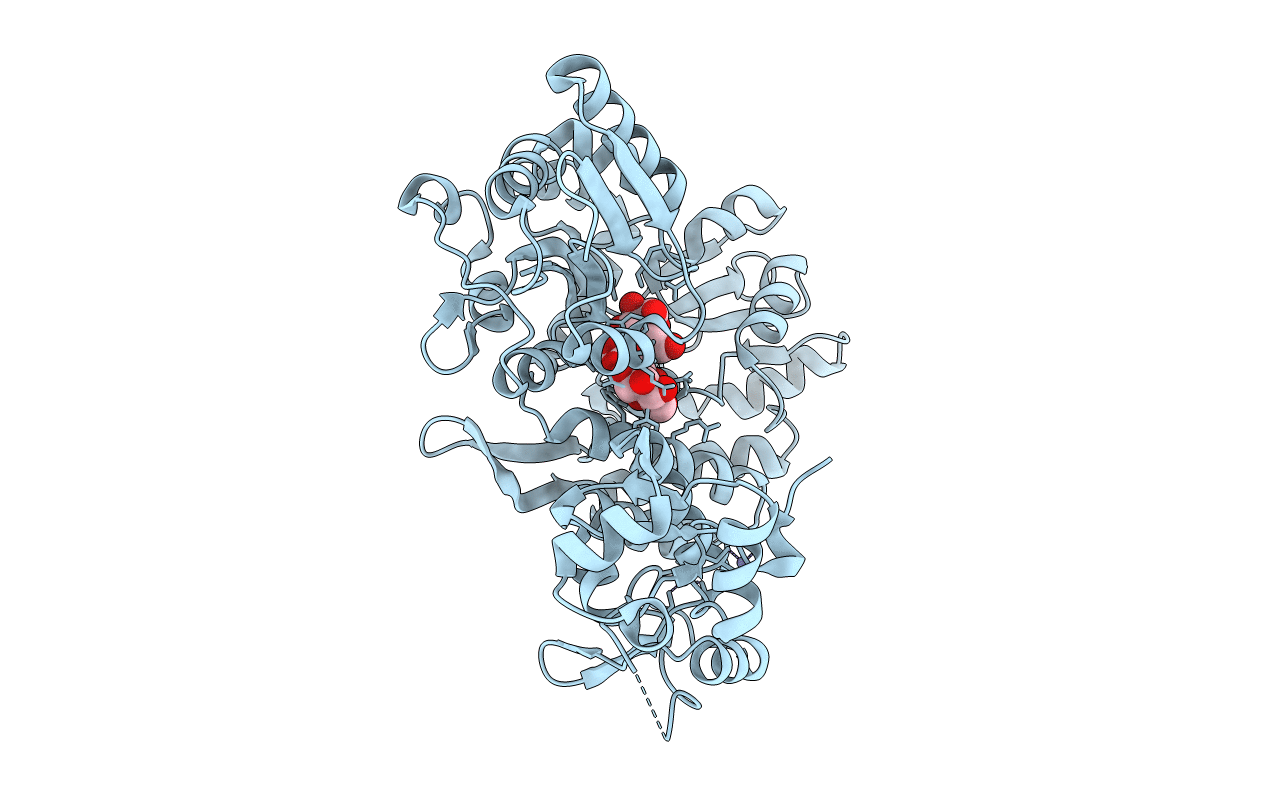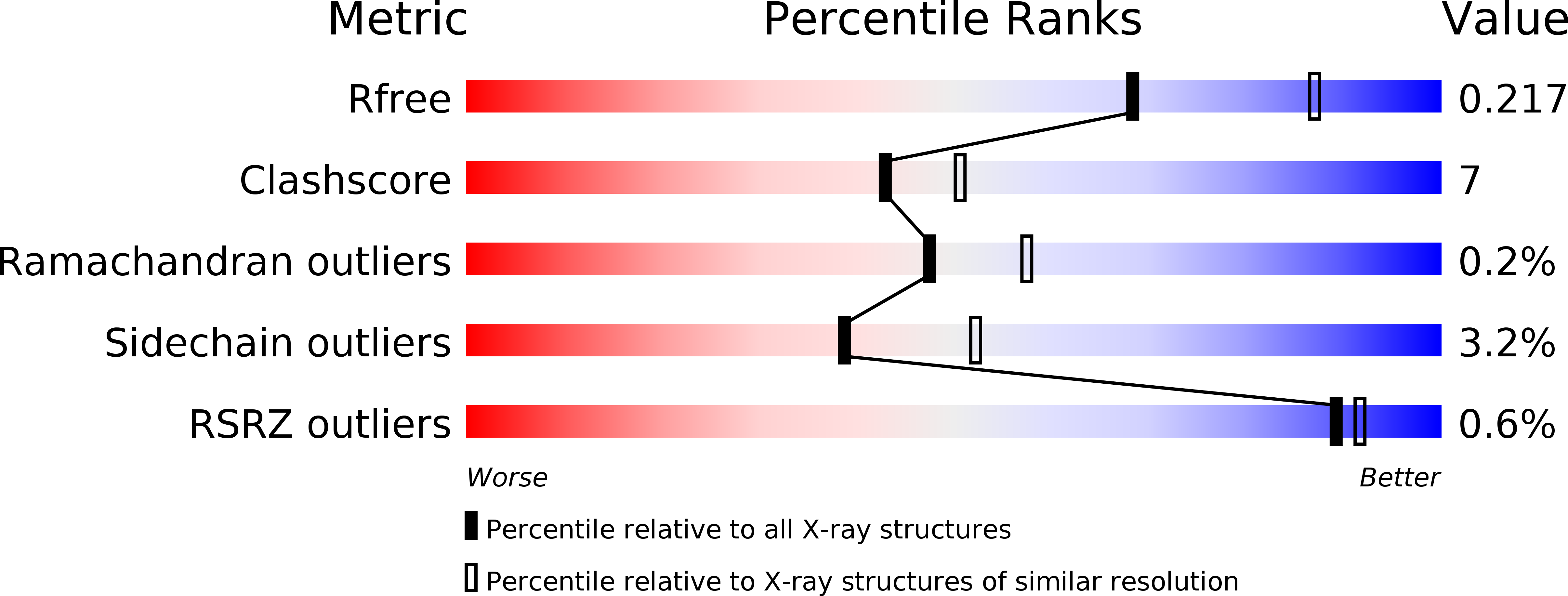
Deposition Date
2010-12-12
Release Date
2011-12-14
Last Version Date
2024-02-21
Entry Detail
PDB ID:
3PY7
Keywords:
Title:
Crystal structure of full-length Bovine Papillomavirus oncoprotein E6 in complex with LD1 motif of paxillin at 2.3A resolution
Biological Source:
Source Organism:
Escherichia coli (Taxon ID: 562)
bovine papillomavirus type 1 (Taxon ID: 10559)
Homo sapiens (Taxon ID: 9606)
bovine papillomavirus type 1 (Taxon ID: 10559)
Homo sapiens (Taxon ID: 9606)
Host Organism:
Method Details:
Experimental Method:
Resolution:
2.29 Å
R-Value Free:
0.22
R-Value Work:
0.18
R-Value Observed:
0.18
Space Group:
C 2 2 21


